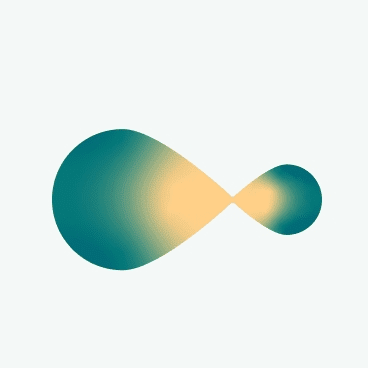In the world of blockchain and AI, there’s a constant trade-off between speed and trust.
If you run everything on-chain, you can trust the results — but it’s slow and expensive.
If you run it off-chain, it’s fast — but you have to take someone’s word for it.
wants to end this compromise for good.
A Simple Idea With Big Implications
Think of Lagrange as a “truth machine” for any kind of computation. Whether it’s a blockchain analytics query, a rollup proof, or an AI decision, Lagrange makes sure the result is cryptographically guaranteed to be correct — no matter where it was calculated.
Their mantra could be summed up as:
“Compute anywhere. Prove everywhere.”
Three Brains, One Mission
Lagrange’s magic happens through three interconnected systems:
1. ZK Prover Network (LPN) – This is the heavy lifter. A decentralized army of operators around the world takes on computational jobs, runs them, and creates zero-knowledge proofs to confirm the results.
2. ZK Coprocessor – This is where things get exciting for developers. It’s like a turbocharged assistant for smart contracts, letting them run complex computations — even full SQL queries — over blockchain data, then verify those results on-chain with mathematical certainty.
3. DeepProve (zkML) – Lagrange’s AI specialist. It proves that an AI model’s answer is valid without showing the model itself or the sensitive data it used. Imagine proving a credit score is correct without revealing any personal financial details, or confirming a medical AI’s diagnosis without leaking patient records.
Why This Matters
Here’s the problem Lagrange is solving:
You can’t store or process huge amounts of data on-chain — it’s too costly.
But moving off-chain introduces trust issues — how do you know the answer is right?
With Lagrange, you can push the heavy work off-chain and still bring back a proof that’s quick and cheap to verify on-chain. This makes it possible to build decentralized apps that are faster, more powerful, and still completely trustless.
The Secret Weapon — EigenLayer
Security is everything here, and Lagrange doesn’t cut corners.
It’s built as an Actively Validated Service (AVS) on EigenLayer, a restaking protocol that lets Ethereum stakers secure new services.
Here’s how that helps:
Lagrange taps into restaked ETH for economic security.
Operators have real skin in the game — if they cheat, they get slashed.
Over 85 professional operators are already securing the network.
The LA Token
The network runs on its own native token, LA.
Developers use it to pay for proof generation.
Operators stake it to win jobs and earn fees.
Holders vote on protocol changes.
It’s both the fuel and the steering wheel for the whole system.
Real-World Examples
Cross-Chain Trust: Move data between chains without trusting middlemen.
Rollup Boosting: Outsource proof generation so rollups can scale faster.
Verifiable Oracles: Feed contracts with provably correct data.
Compliant DeFi: Build lending or trading platforms that enforce rules in code using verifiable off-chain checks.
Why Lagrange Could Be a Big Deal
The blockchain world is flooded with zero-knowledge projects, but Lagrange is doing something rare — combining:
A fully decentralized proving network.
A developer-friendly SQL interface for blockchain data.
A zkML layer for verifiable AI.
It’s like building AWS Lambda, Google BigQuery, and a privacy-preserving AI service — all under one decentralized roof.
The Road Ahead
If Lagrange succeeds, developers won’t have to choose between speed and trust anymore. They’ll just build — and the proofs will take care of themselves.
It’s early, but with strong operator backing, integration into EigenLayer, and a clear real-world use case for both Web3 and AI, Lagrange could quietly become one of the invisible engines powering the next wave of decentralized apps.
